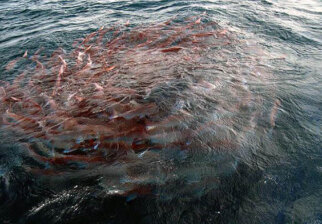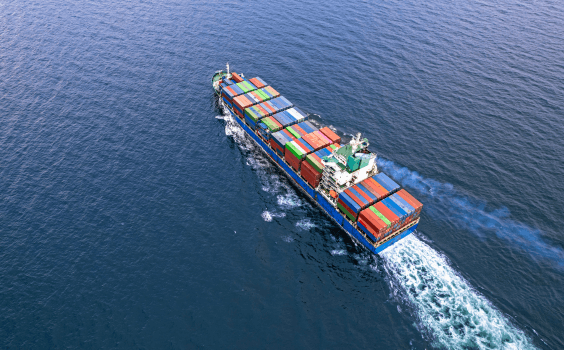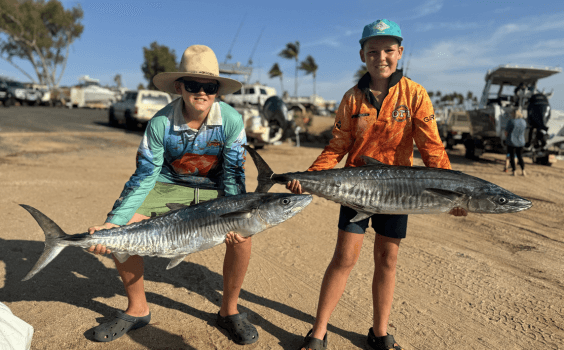Austin Prosser-Brightling doesn’t need to get out on a boat to catch big pink snapper.
The passionate Perth fisher has found another way to target the prized WA demersal species – from the beach.
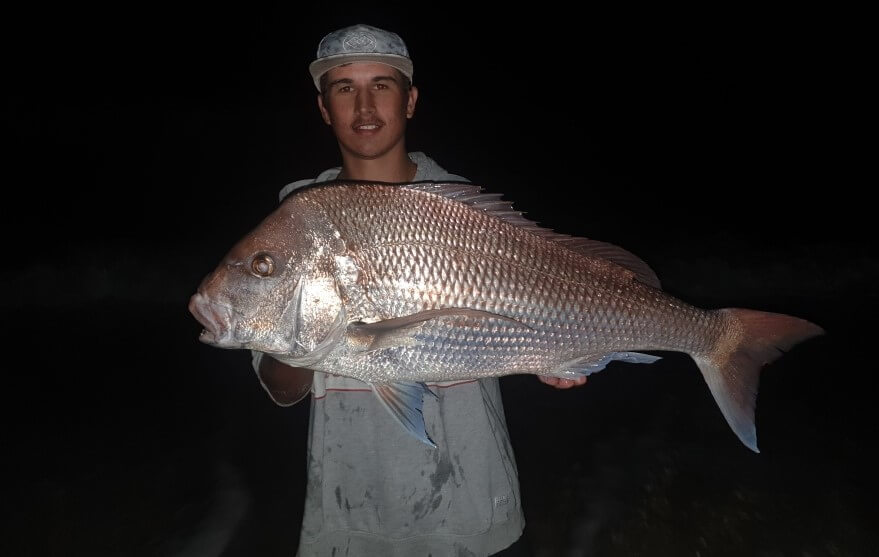
Land-based pink snapper have traditionally been targeted by fishing from rock walls at spots such as Mindarie Marina or North Mole, especially after winter storms.
However, landing pinkies off metro beaches is becoming increasingly frequent and popular.
Austin has been hooked since he landed his first metro beach pinkie from Cottesloe, measuring 88cm, about three years ago.
“Catching pinkies from the beach is always exciting, no matter how many you catch,” he told Recfishwest. “But what really gets the blood pumping is the initial take – they hit hard.”
Seaweed is your friend
For Austin, casting big baits – such as fresh herring, tailor, mullet, whiting or squid – is the go in conditions that might see more fair-weather anglers stay at home in the warm.
He reckons swells from 2m to 3m on the beach when there’s a bit of seaweed drifting through the water column often deliver the best pink snapper results.
“Seaweed is your friend,” he said. “Seaweed makes the water dirty and if there’s anything I’ve always looked for when beach fishing for snapper in particular, it’s dirty water.
“My assumption is that it draws in lots of bait fish, like herring and whiting. And yes, seaweed is very annoying, and can often be too much, but if you can fish through it – do it. It might just pay off for you.”
Droning on about pinkies
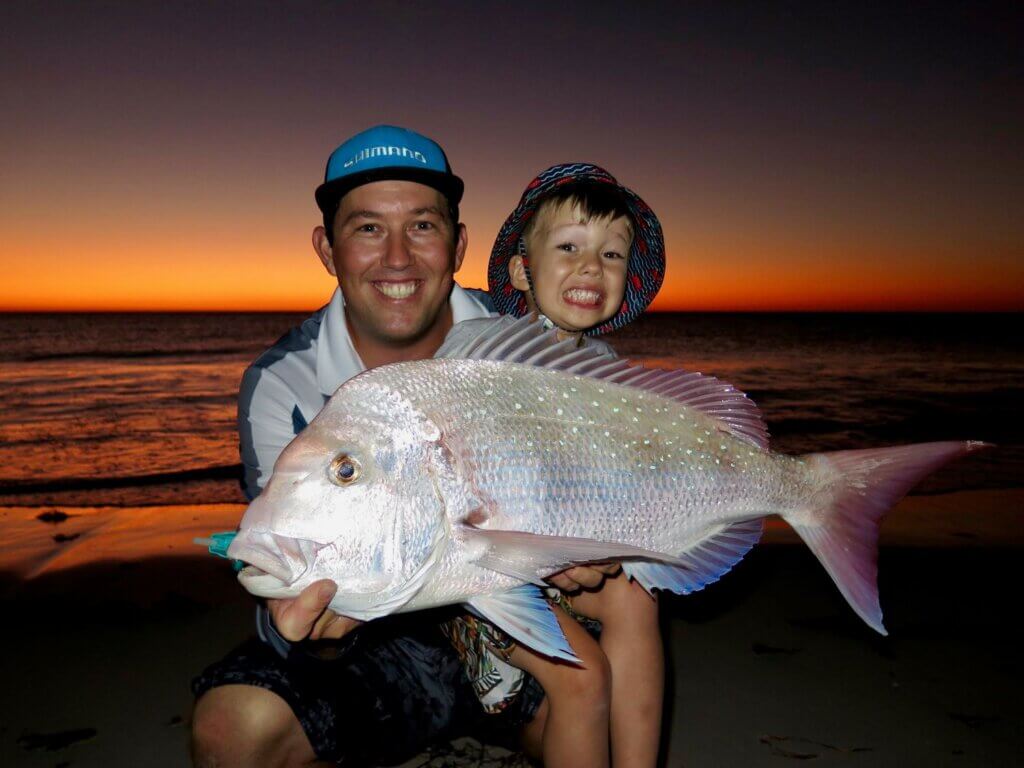
While Austin surf-casts for pinkies relatively close to shore, there has also been a surge in the popularity of drone fishing in recent years.
Drones can get baits out to reefs up to 300m from the beach.
Perth Fishing Safaris owner and fishing guide Robbie Riches runs drone fishing tours along beaches south and north of Perth. Perth Fishing Safaris has landed impressive pink snapper from the shore including this 8kg beauty!
“We’ve caught pinkies casting from the beach, but using a drone helps access zones that don’t get fished often by boats and can’t be reached casting from shore,” Robbie said.
“It’s an indescribable feeling to catch a pink snapper from the beach and the people we take on tours absolutely love it – one guy on one of our tours recently couldn’t stop talking about the big pinkie he’d caught all day!
“It’s terrific to see people getting so excited about it.”
Want to find out more about drone fishing for pinkies? Watch this great IFISH episode when Paul Worsteling joined Robbie to go drone fishing north of Perth.
Protecting WA’s precious pink snapper resource
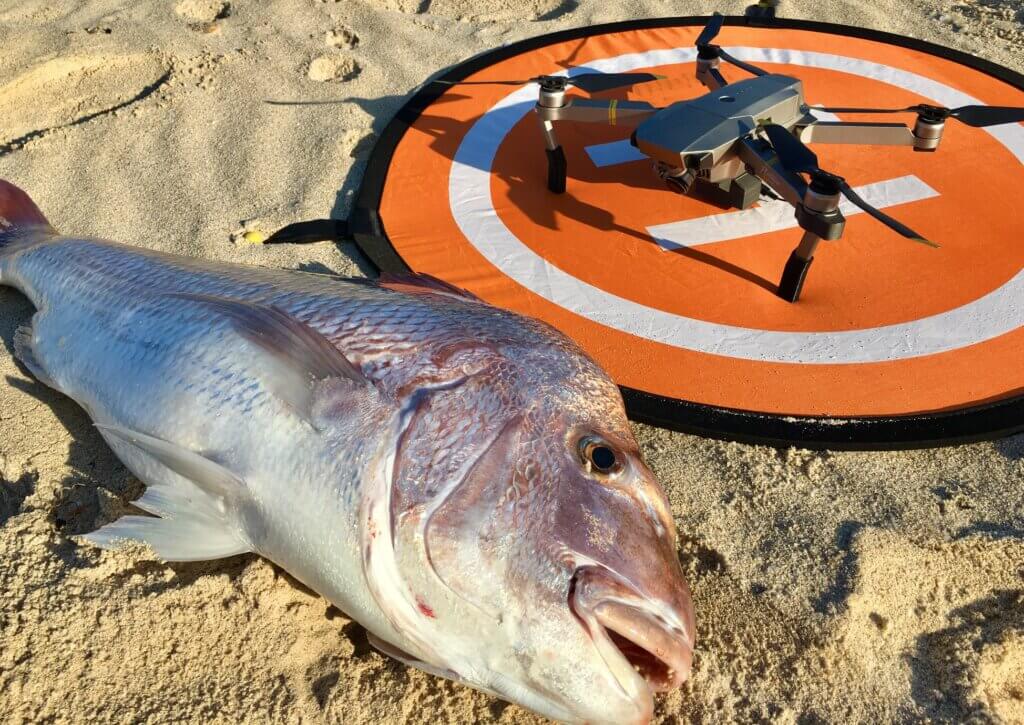
These fantastic fishing experiences in the metro can only be made possible by the abundance of pink snapper we have in our waters – something we at Recfishwest work hard to protect.
The sought-after species form spawning aggregations each year at two primary locations – Shark Bay and Cockburn Sound – lasting between three to five months.
Cockburn Sound hosts the biggest known pink snapper spawning aggregation in the West Coast Bioregion, which spans from north of Kalbarri to Augusta.
The latest research by DPIRD fisheries scientists has shown that pink snapper begin to gather in Cockburn and Warnbro Sounds in spawning condition August and September.
Not long after, the fish form large spawning gyres – a large swimming vortex of fish which helps mix the fishes’ sperm with the eggs.
Watch amazing footage of the natural phenomenon occurring at Cockburn Sound here
Recognising Cockburn Sound’s critical importance for underpinning the abundance of pinkies for the West Coast Bioregion, we have been passionate advocates for ensuring Cockburn Sound and the aggregations of spawning snapper in the sound are adequately protected. Last year, Recfishwest pushed for management changes to extend the time and area of the Cockburn Sound pink snapper spawning closure.
Read about how the management changes were brought in here
We have long fought to improve the environment of the Sound through our Snapper Guardians program, our seagrass restoration efforts and as founding members of the Cockburn Sound Management Council.
Over the years, there have been a number of proposals for new developments in the Sound and for each of these Recfishwest has fought recfishers’ corner to protect the great fishing experience in this waterway.
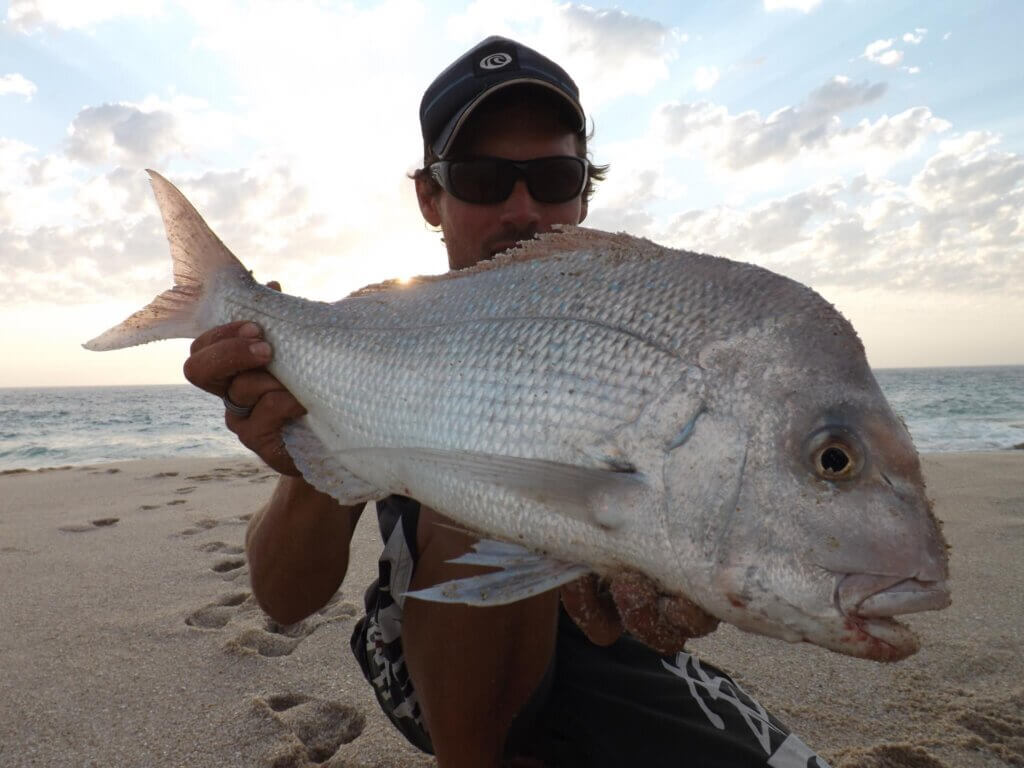
Over this time our position has never changed, our primary concerns have and always will be protecting the environment that supports abundant fish stocks that underpin our fantastic fishing experiences, while maintaining access to these fish stocks.
The Westport Taskforce has presented the latest in a long line of potential development proposals for the Sound and since its inception this taskforce has failed to answer one simple question:
How will the development of a new port in Cockburn impact on the snapper stocks which are so important to our fishing experiences? With the continued radio silence on this question, we will continue to take the Westport Taskforce to task on its environmental credentials.
Metro pink snapper for the future – playing your part
Having access to land-based fishing of the quality offered by our pink snapper stocks is something pretty special. The fact that so many people are getting the chance to hook up to a big pink snapper from the shore bodes well for the future – but we need to continue to play our part in ensuring this fantastic resource is protected.
One thing recfishers can do to help is provide their frames or even just the head of large pinkies to DPIRD for research through the Send Us Your Skeletons program. Good science underpins good fisheries management and the more samples fisheries scientists can get, the better the quality of their research will be.
Click here to find out more about how you can donate your fish frames to science
So, next time you look out of the window and think maybe sitting by the fire and keeping warm is a better option than going fishing – think again – think pink!
